Goals of Therapy for HIV
Time:2023/04/17There can be little doubt that the drugs used to treat HIV have advanced enormously over the past 25 years. What some may not realize is just how much antiretroviral therapy has improved since 1996, when the first triple-drug therapy changed the very course of the AIDS pandemic.

Antiretroviral drugs do not kill the virus; rather, they block different stages of the virus's life cycle. By doing so, the virus is unable to replicate and make copies of itself. If treatment continues without interruption, the viral population will drop to a point where it is undetectable (meaning not zero but below the level of detection with current testing technologies).
Although the virus can be fully suppressed with antiretroviral therapy, it can still embed itself in tissues throughout the body, called latent reservoirs, and rebound if treatment is stopped.
Moreover, if the drugs are taken irregularly or not taken as prescribed, drug-resistant mutations can develop. If adherence is not corrected, the resistant mutations can build, one atop the next, eventually leading to treatment failure.
Combination antiretroviral therapy works by blocking several stages of the HIV life cycle. There are currently six classes of antiretroviral drugs, each classified by the stage of the cycle they inhibit:
-Entry/attachment inhibitors
-Nucleoside reverse transcriptase inhibitors (NRTIs)
-Non-nucleoside reverse transcriptase inhibitors (NNRTIs)
-Protease inhibitors
-Integrase inhibitor
-Pharmacokinetic enhancers ("boosters")
【Last : HIV ... 】 【[ Back ]】 【 Next : As p...】






